Aloes, the best-known being Aloe vera, are easy-to-grow succulent plants. Cultivation in open ground is best reserved for frost-free areas, but the plant adapts very well to pot culture indoors. Did you know they are also very convenient to propagate? Discover all our tips to create a multitude of Aloe vera!
Our plant sheet Aloe: planting, cultivation and care tells you everything you need to know about aloes.
Did you know? Some aloes can tolerate down to −4 °C in winter in well-drained soil. This is the case, among others, of Aloe aristata, Aloe spinossissima or Aloe brevifolia. The hardiest of the aloes is undoubtedly Aloe striatula, which can withstand occasional −10 °C.
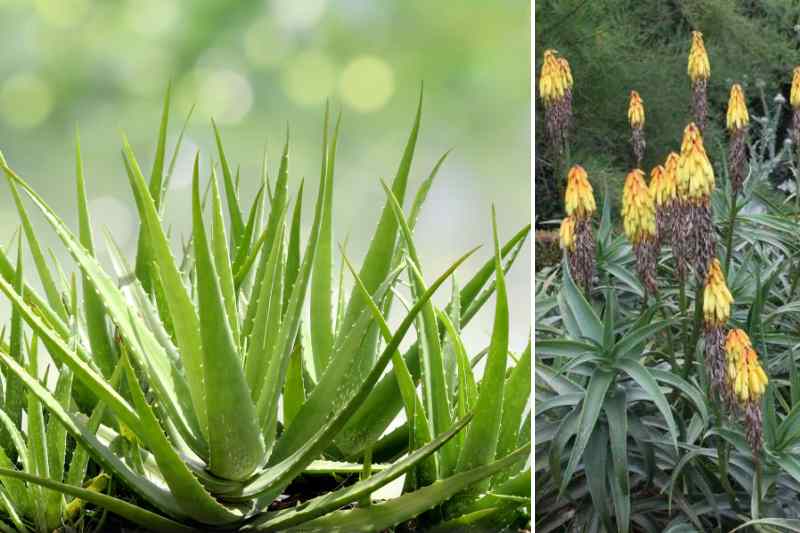
Why propagate Aloe vera?
Propagating your Aloe vera or Barbados aloe produces new plants from the mother plant. It’s an excellent way to obtain many specimens, but it’s also a solution to keep the mother plant healthy, as too many offshoots can weaken the main plant.
When to propagate Aloe vera?
The best time to propagate true aloe is in spring and summer when the plant is in active growth. Avoid doing this in winter, as the plant is dormant and growth is much slower.
Required material
- A well-sharpened garden knife or a clean pruning shear.
- Gloves (aloe can be sticky).
- Pots with drainage holes.
- Well-drained potting mix, ideally a special mix for succulent plants.
How to propagate aloe easily?
Division of offshoots (the simplest method)
- Locate the offshoots: they should be at least 5–10 cm to be sturdy enough.
- Lift the mother plant from its pot to better see roots and offshoots.
- Carefully separate the offshoots from the mother plant with a clean knife, taking care to keep as many roots attached to the offshoot as possible.
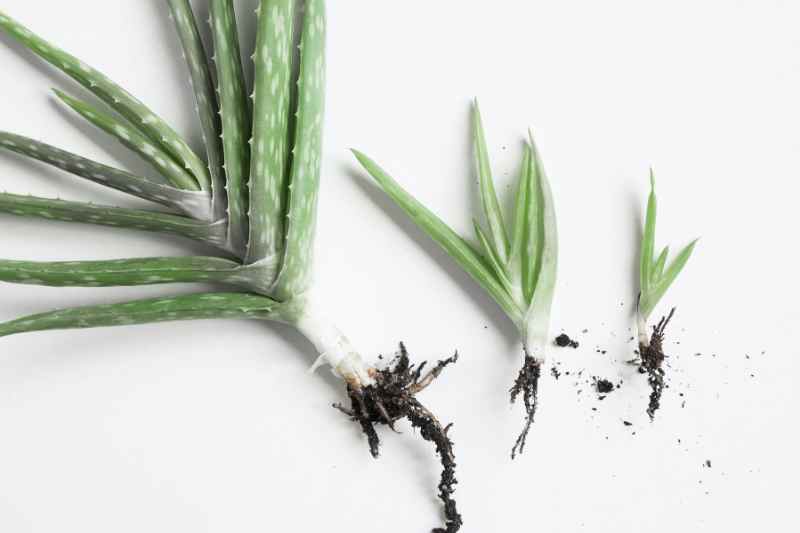
- Pot each offshoot into an individual pot with succulent potting mix.
- Place the new plants in a bright spot, but out of intense direct sunlight.
- Wait 2–3 days before watering to avoid cut roots rotting. Then water moderately.
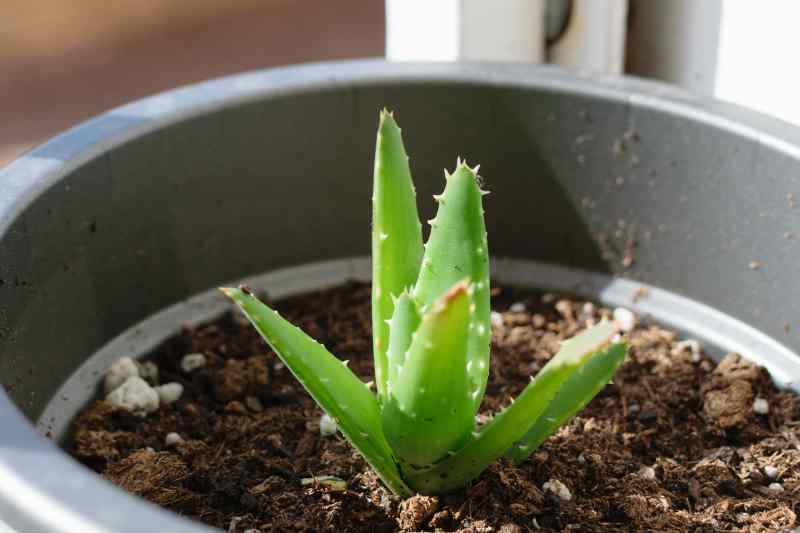
Propagation by cuttings (less common, but possible)
- Cut a healthy leaf at the base of the plant with a clean knife.
- Let the cut heal for a few days in a dry place. The cut should become dry and callused.
- Plant the leaf in well-drained, light potting mix, inserting the base slightly into the soil (1 cm, no more).
- It takes time for the leaf to form roots, sometimes several weeks.
- Place your cuttings in light without direct sun.
- Water lightly after one week and continue to monitor soil moisture.
- If the base of the cutting becomes soft or brown, it is receiving too much water. Allow the soil to dry out between waterings.
Care of young seedlings
It is advisable to start fertilising new shoots of Aloe vera about 3 to 6 months after propagation, once they are well rooted. Use a light fertiliser for succulent plants, but apply only once or twice a year, as this plant does not need many nutrients to thrive.
After propagation, watch for rotting roots, often caused by excess water, and allow the soil to dry well between waterings. Also be alert to leaf yellowing, a sign of insufficient light, or conversely, scorching caused by too-intense direct sun.
It is recommended to repot young shoots after about a year. Choose a slightly larger pot with good drainage.
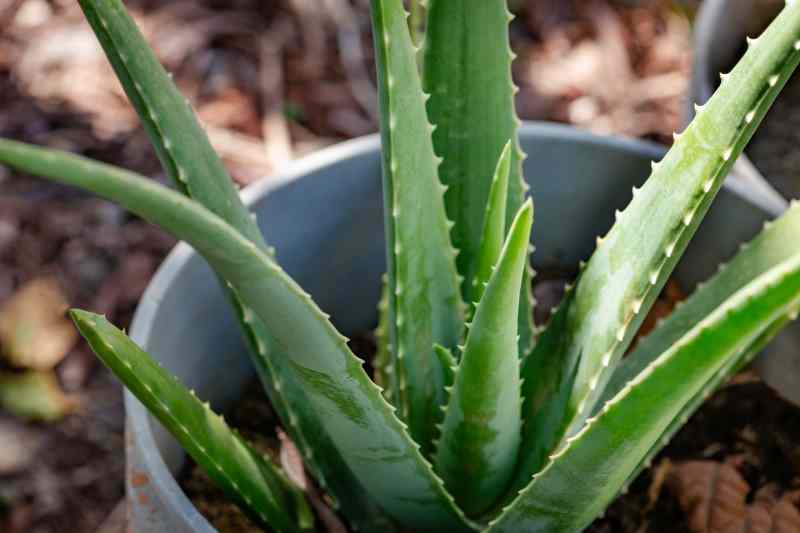































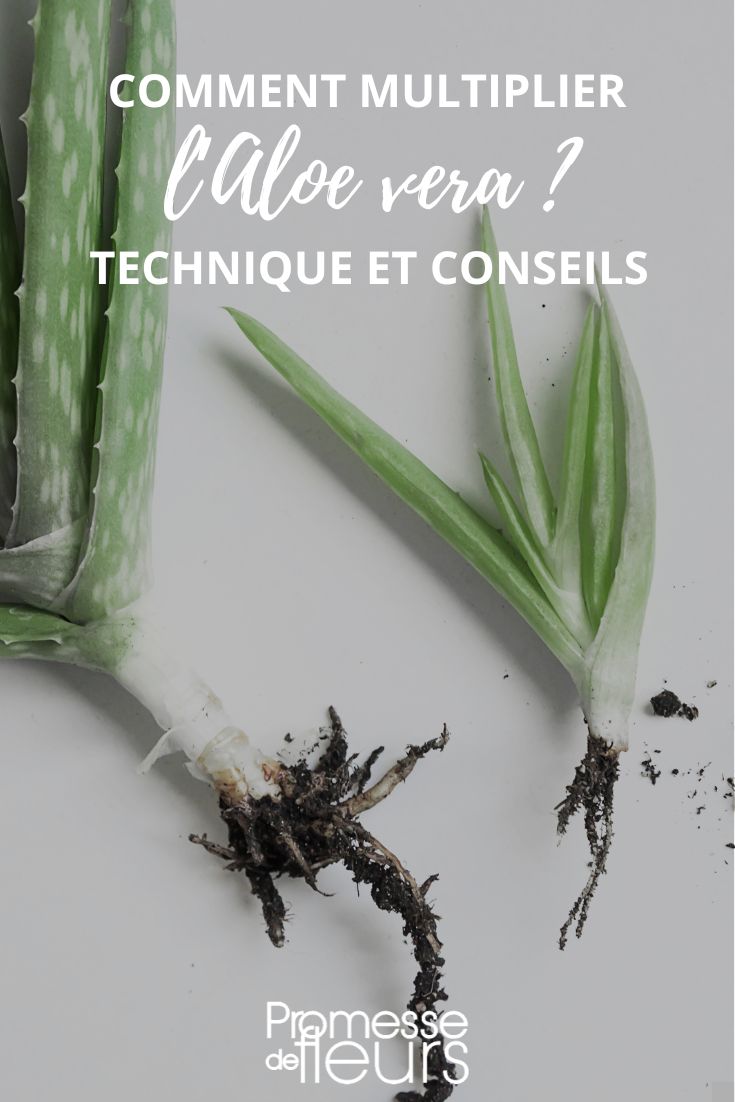
Comments